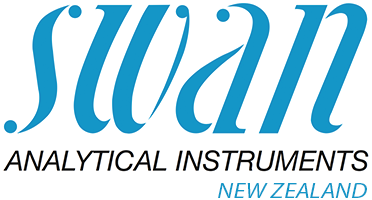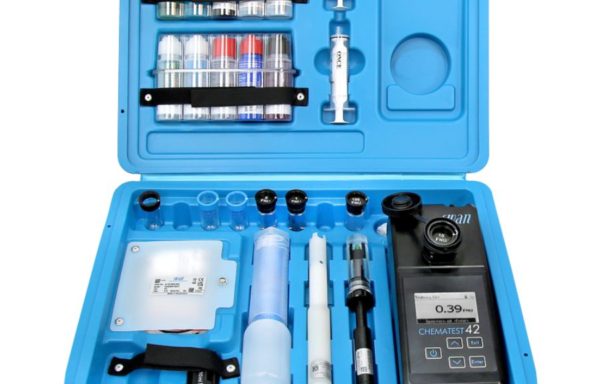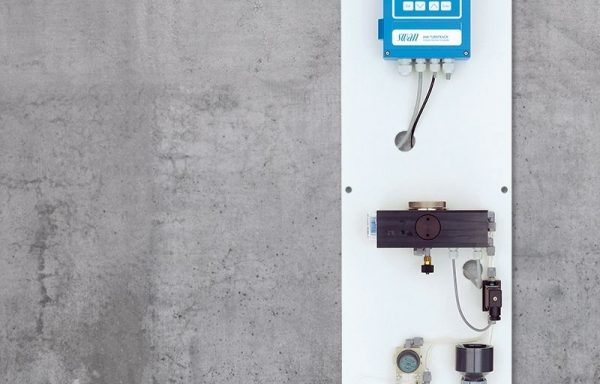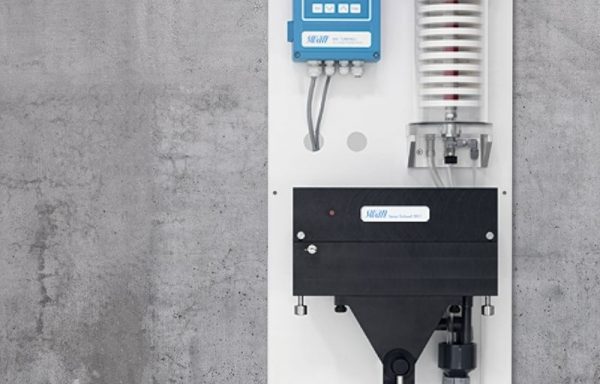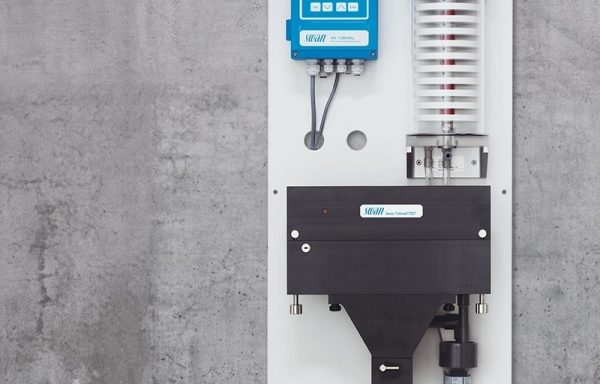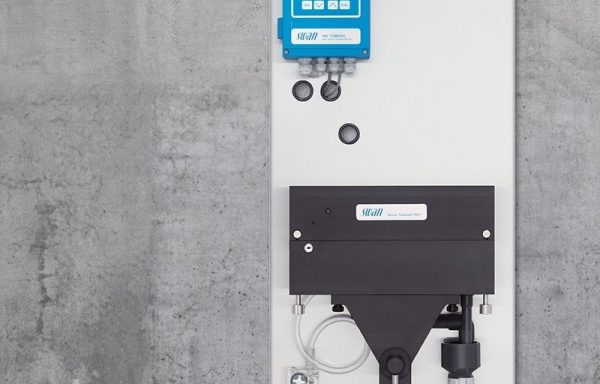Swan Analytical offers reliable online turbidity analysers for a variety of water applications
What is Turbidity?
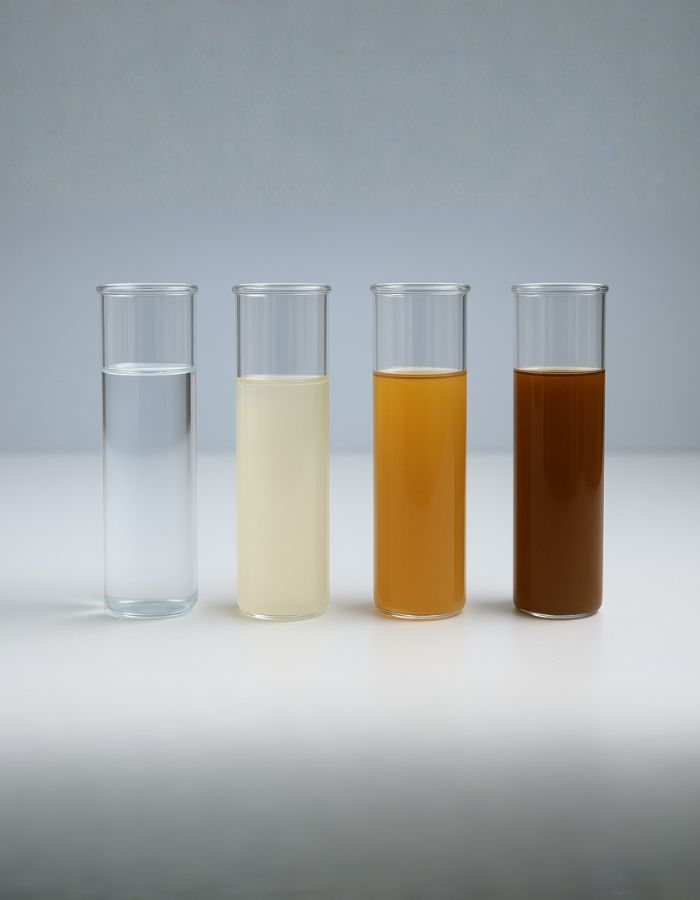
Turbidity is the measure of the cloudiness or haziness of a fluid, primarily water, caused by the presence of suspended particles. These particles, often invisible to the naked eye, scatter and absorb light, preventing it from passing through the water clearly and giving it a cloudy appearance. A turbidity meter is used to quantify this cloudiness, making it an essential tool in water quality assessment. Turbidity is an important parameter because it affects the aesthetic quality of water, its suitability for drinking, and the health of aquatic ecosystems. High levels of turbidity can also hinder the effectiveness of disinfection processes in water treatment by shielding harmful pathogens from ultraviolet (UV) light or chemical sanitisers. Therefore, turbidity is a key indicator used in water quality monitoring and regulation.
Monitoring Turbidity with a Turbidity Analyser
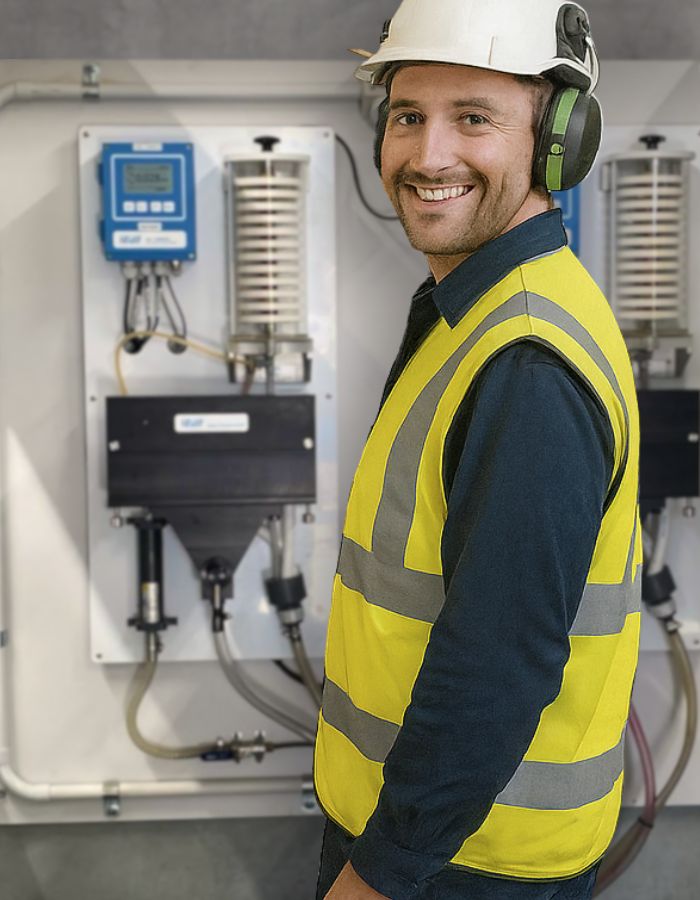 Monitoring turbidity in water treatment is a vital aspect of ensuring the safety and quality of drinking water. Turbidity, which measures the cloudiness or haziness of water caused by suspended particles, directly impacts the aesthetic appeal of water and its suitability for consumption. More critically, high levels of turbidity can harbour harmful microorganisms and decrease the effectiveness of disinfection processes by shielding these pathogens from treatment methods. Consequently, water treatment facilities place a high emphasis on continuously measuring and controlling turbidity levels throughout the treatment process. The most common methods for assessing turbidity include the use of electronic meters such as turbidimeters or nephelometers, which quantify the light scattered by particles in the water, providing precise and reliable measurements essential for maintaining water quality standards. Monitoring points within a treatment plant are strategically placed to guide the efficiency of various treatment stages, from raw water intake to final distribution, ensuring that each phase effectively reduces turbidity to acceptable levels. This meticulous monitoring is not only a regulatory requirement in many regions but also a critical practice to protect public health and maintain confidence in the drinking water supply.
Monitoring turbidity in water treatment is a vital aspect of ensuring the safety and quality of drinking water. Turbidity, which measures the cloudiness or haziness of water caused by suspended particles, directly impacts the aesthetic appeal of water and its suitability for consumption. More critically, high levels of turbidity can harbour harmful microorganisms and decrease the effectiveness of disinfection processes by shielding these pathogens from treatment methods. Consequently, water treatment facilities place a high emphasis on continuously measuring and controlling turbidity levels throughout the treatment process. The most common methods for assessing turbidity include the use of electronic meters such as turbidimeters or nephelometers, which quantify the light scattered by particles in the water, providing precise and reliable measurements essential for maintaining water quality standards. Monitoring points within a treatment plant are strategically placed to guide the efficiency of various treatment stages, from raw water intake to final distribution, ensuring that each phase effectively reduces turbidity to acceptable levels. This meticulous monitoring is not only a regulatory requirement in many regions but also a critical practice to protect public health and maintain confidence in the drinking water supply.
Turbidity Analyser: Non-Contact Online Nephelometer
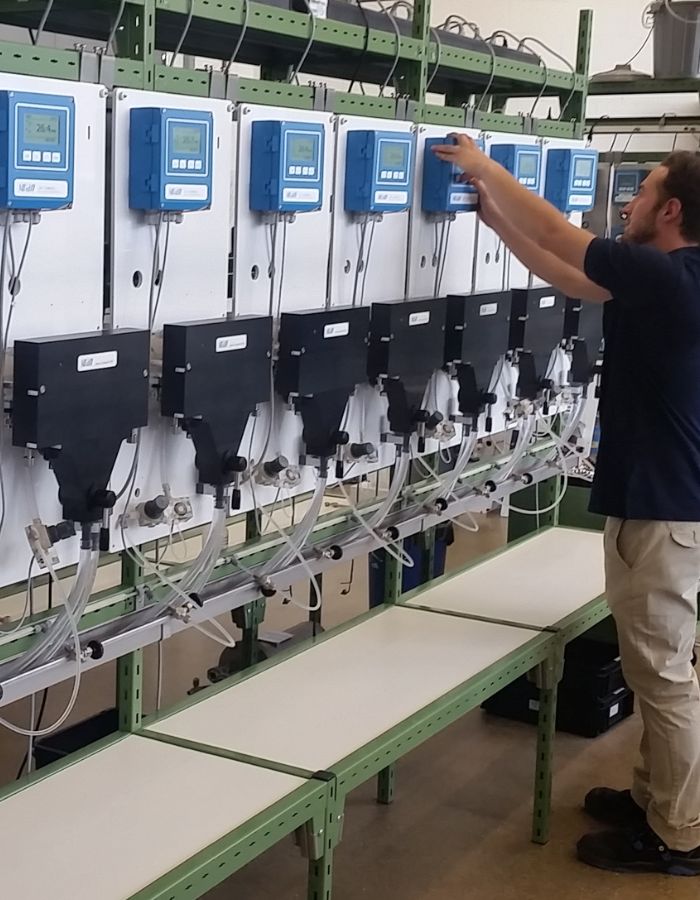 Swan Analytical Instruments has emerged as a leader in the water quality monitoring sector, particularly with its Turbiwell series, which showcases high precision in turbidity measurement through its innovative non-contact nephelometric technology. This infrared design aligns with ISO 7027 (EN 27027, DIN 38404) standards and the white light version is EPA 180.1 approved, ensuring accuracy and reliability in measuring turbidity levels.
Swan Analytical Instruments has emerged as a leader in the water quality monitoring sector, particularly with its Turbiwell series, which showcases high precision in turbidity measurement through its innovative non-contact nephelometric technology. This infrared design aligns with ISO 7027 (EN 27027, DIN 38404) standards and the white light version is EPA 180.1 approved, ensuring accuracy and reliability in measuring turbidity levels.
What sets the Swan Analytical Turbiwell apart in the market is its non-contact measurement approach. Unlike traditional methods that require water samples to come into direct contact with sensors or measurement devices, the Turbiwell series utilises advanced optical technology to analyse water without physical interaction. This feature significantly reduces the risk of contamination and wear on the device, thereby enhancing longevity and maintaining consistent accuracy over time. The application of such technology is particularly beneficial in both potable water and wastewater treatment contexts.
For potable water, ensuring low turbidity is crucial for achieving aesthetic quality and safety standards, as high turbidity levels can harbour harmful microorganisms and hinder disinfection processes. The Turbiwell’s ability to provide continuous, real-time monitoring allows for immediate adjustments in treatment protocols, ensuring that drinking water remains safe for consumption.
In the realm of wastewater treatment, the non-contact approach is equally valuable, offering a robust solution for monitoring effluent quality and ensuring compliance with environmental discharge regulations. By leveraging the Monitor AMI Turbiwell, treatment facilities can optimise their processes, reduce operational costs, and contribute to the protection of public health and the environment, underscoring the instrument’s standout position in the market.
Turbidity Analyser: Portable Handheld Turbidimeter
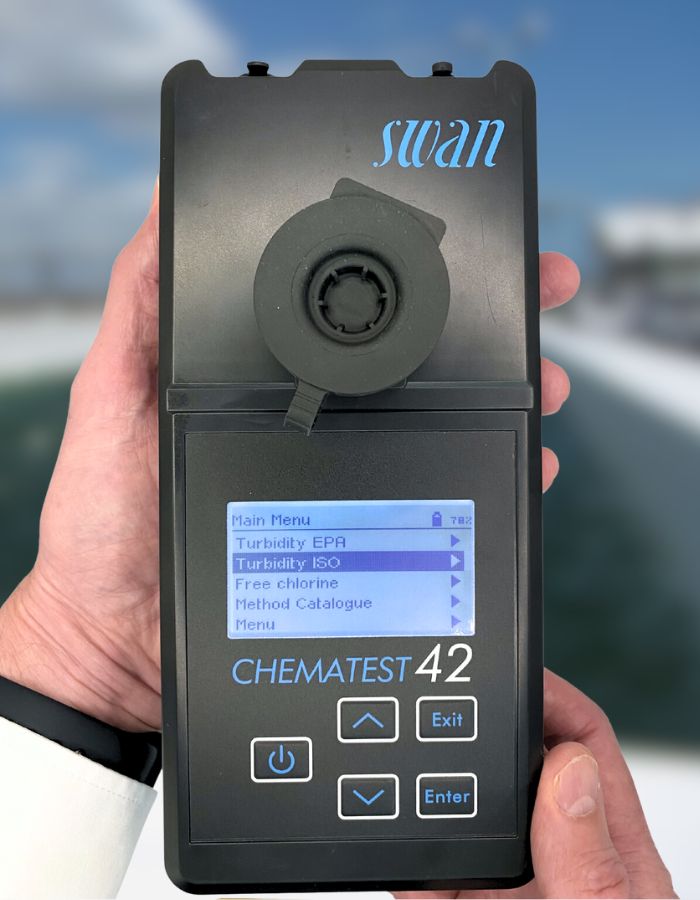 The Chematest, a cutting-edge portable water analysis system, has expanded its capabilities to include turbidity measurement, marking a significant advancement in field testing technology. This feature enhances the handheld instrument’s utility for comprehensive water quality assessments, particularly in environments where access is limited. The integration of turbidity measurement into the Chematest 42 leverages a nephelometric method, which involves assessing the intensity of scattered light at a specific angle, caused by particles suspended in the water. This method aligns with standard protocols for turbidity assessment, ensuring accurate and reliable results. By offering turbidity measurement alongside its existing capabilities to analyse various chemical parameters, the Chematest 42 provides water treatment professionals and quality control technicians with a complete picture of water quality in real-time. This multi-parameter approach facilitates immediate decision-making on-site, significantly benefiting water treatment processes, environmental monitoring, and compliance with regulatory standards for both drinking water and wastewater.
The Chematest, a cutting-edge portable water analysis system, has expanded its capabilities to include turbidity measurement, marking a significant advancement in field testing technology. This feature enhances the handheld instrument’s utility for comprehensive water quality assessments, particularly in environments where access is limited. The integration of turbidity measurement into the Chematest 42 leverages a nephelometric method, which involves assessing the intensity of scattered light at a specific angle, caused by particles suspended in the water. This method aligns with standard protocols for turbidity assessment, ensuring accurate and reliable results. By offering turbidity measurement alongside its existing capabilities to analyse various chemical parameters, the Chematest 42 provides water treatment professionals and quality control technicians with a complete picture of water quality in real-time. This multi-parameter approach facilitates immediate decision-making on-site, significantly benefiting water treatment processes, environmental monitoring, and compliance with regulatory standards for both drinking water and wastewater.
Turbidity Analyser Resources
- Turbidity Analyser Purchase Checklist
- Turbidity Monitoring in Sea Water Reverse Osmosis Desalination Plants
- Deviation in Turbidity Readings at a Low Range
- Turbidity Measurement as Trend Monitor for Particulate Corrosion Products in Cycling Power Plants
- Whitepaper Deviation in Turbidity Readings at a Low Range
- Turbidity measurement as trend monitor for particulate corrosion products
- Turbiwell White Paper
- Low-Maintenance Turbidimeter for Potable Water Applications
- Meeting Water Quality Standards – The Role of Turbidimeters
